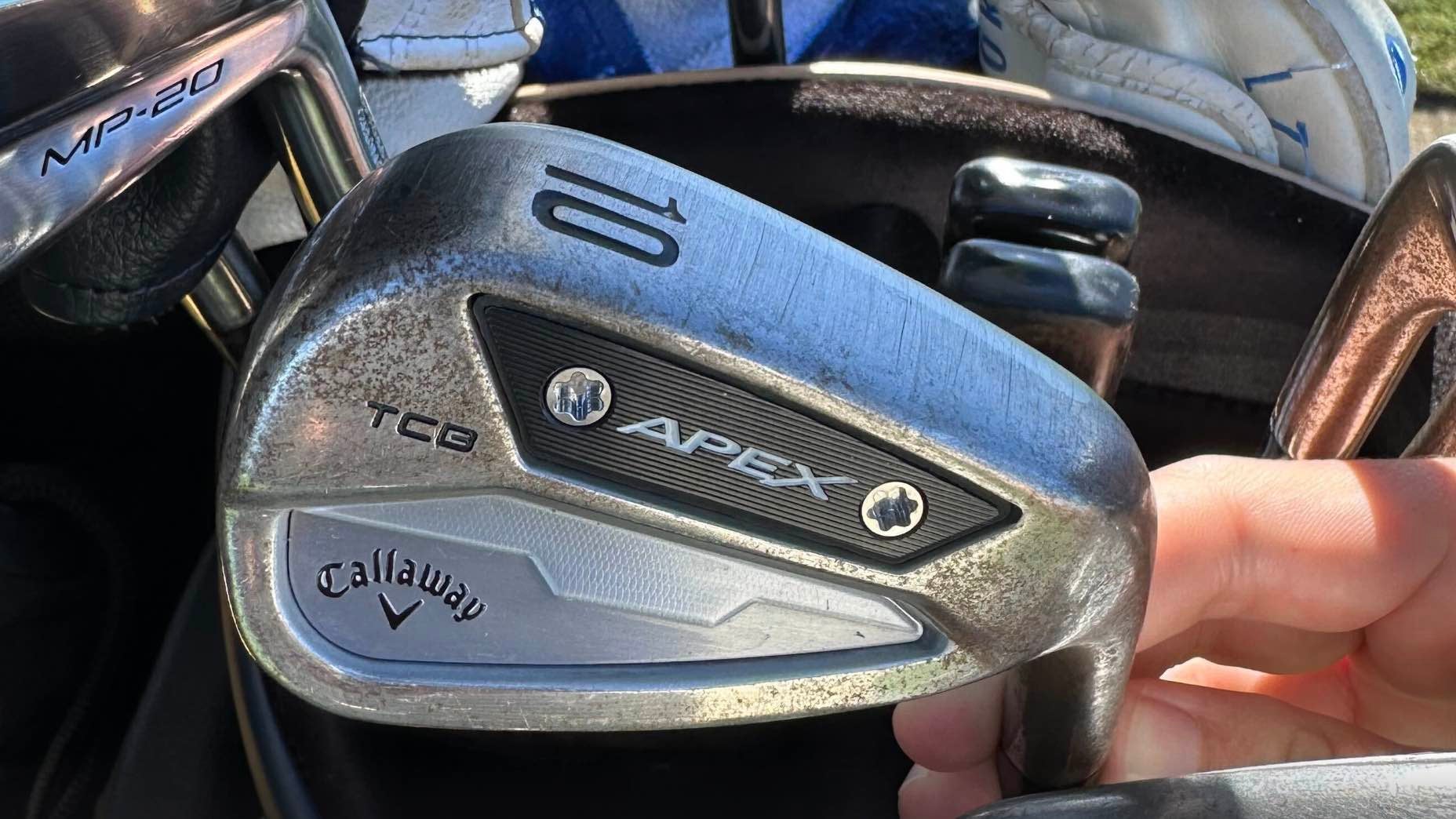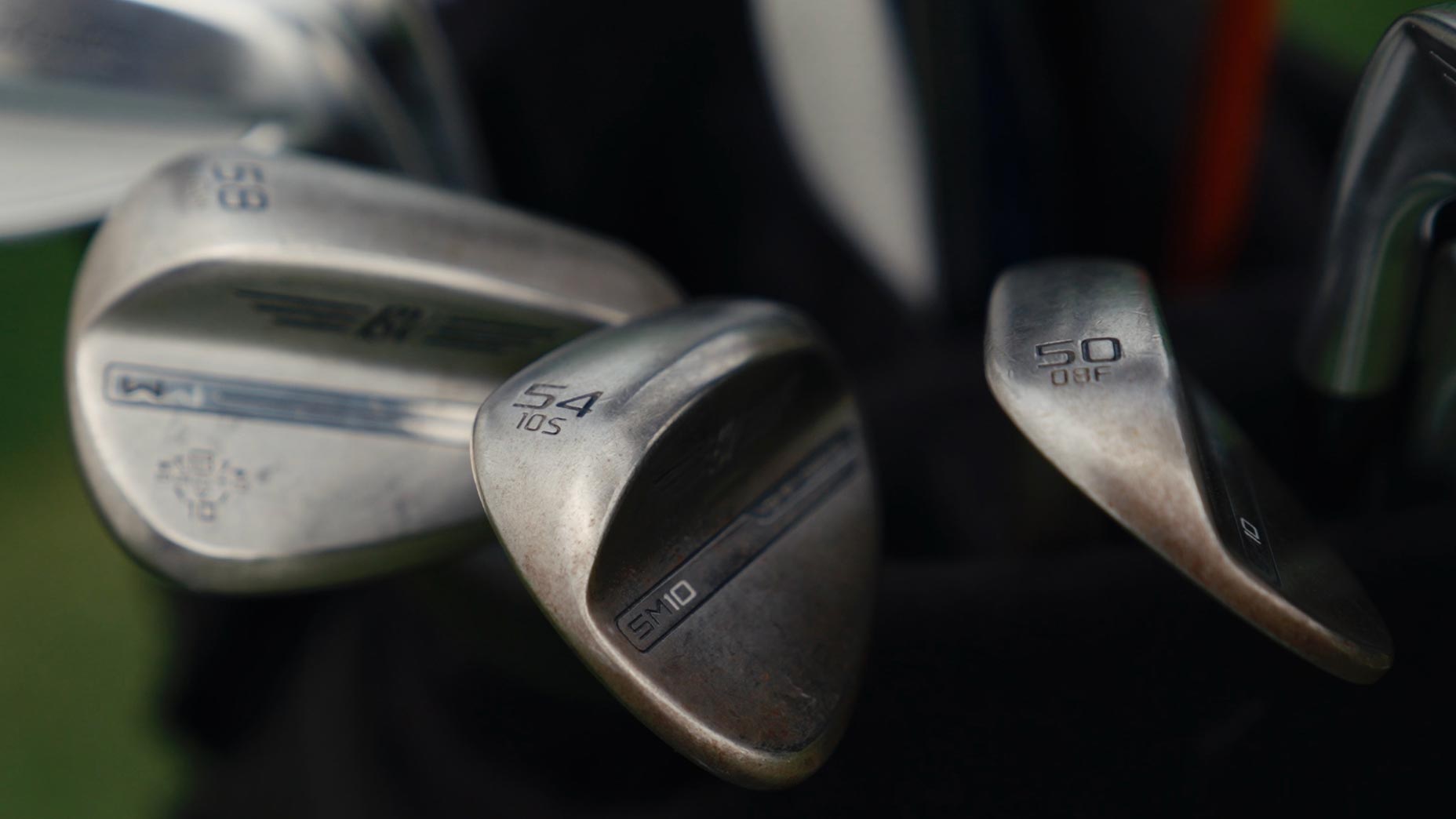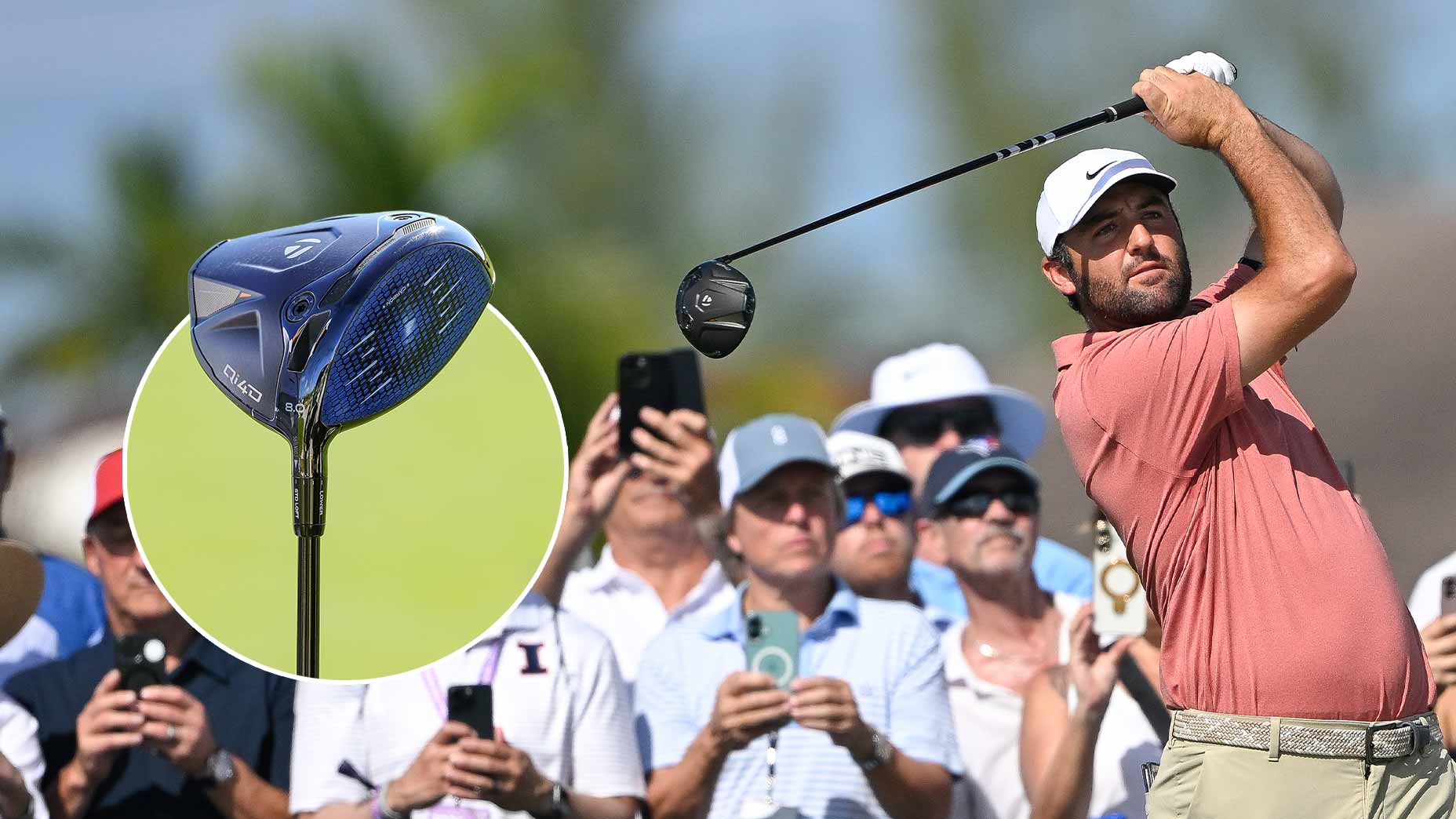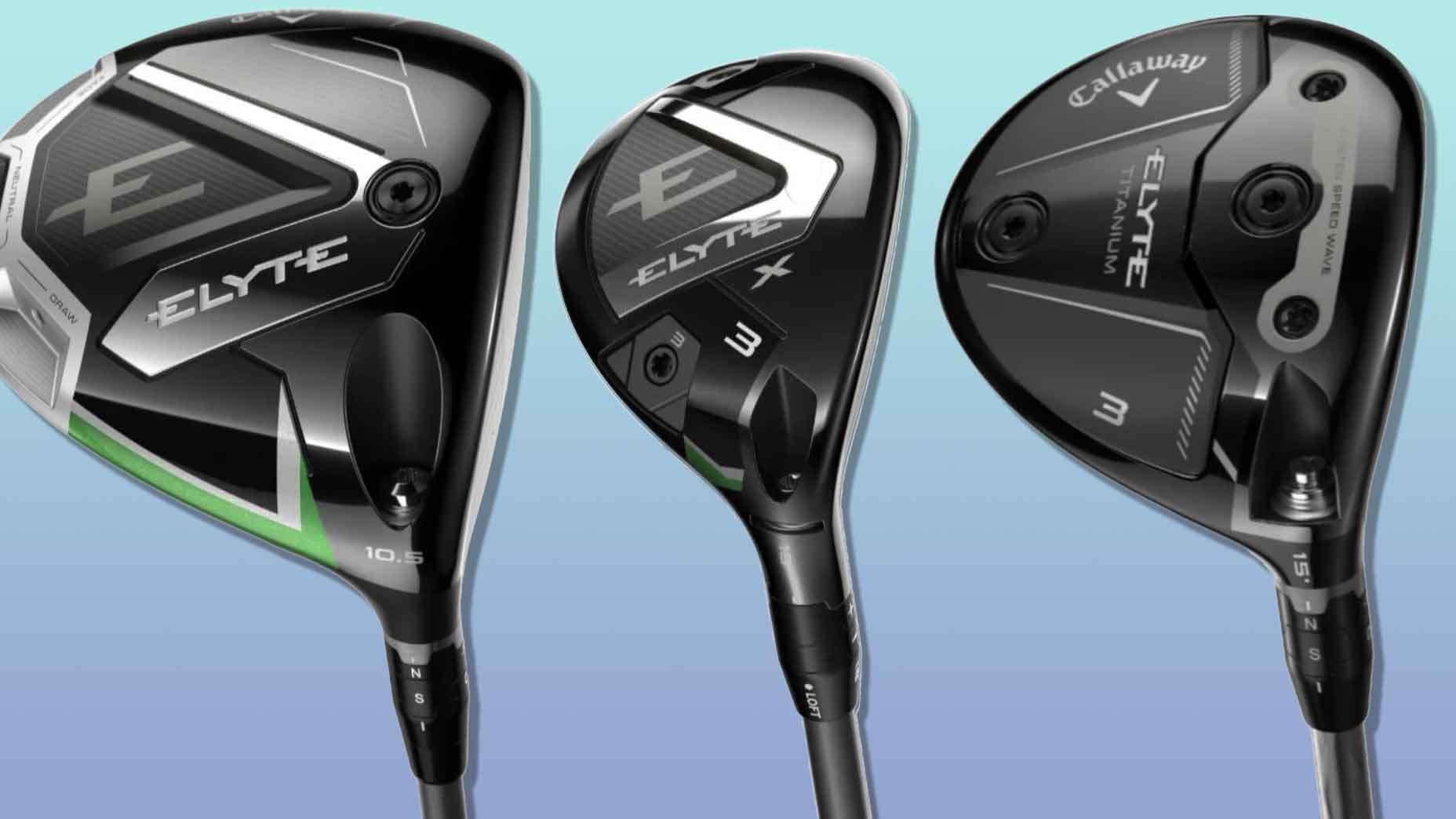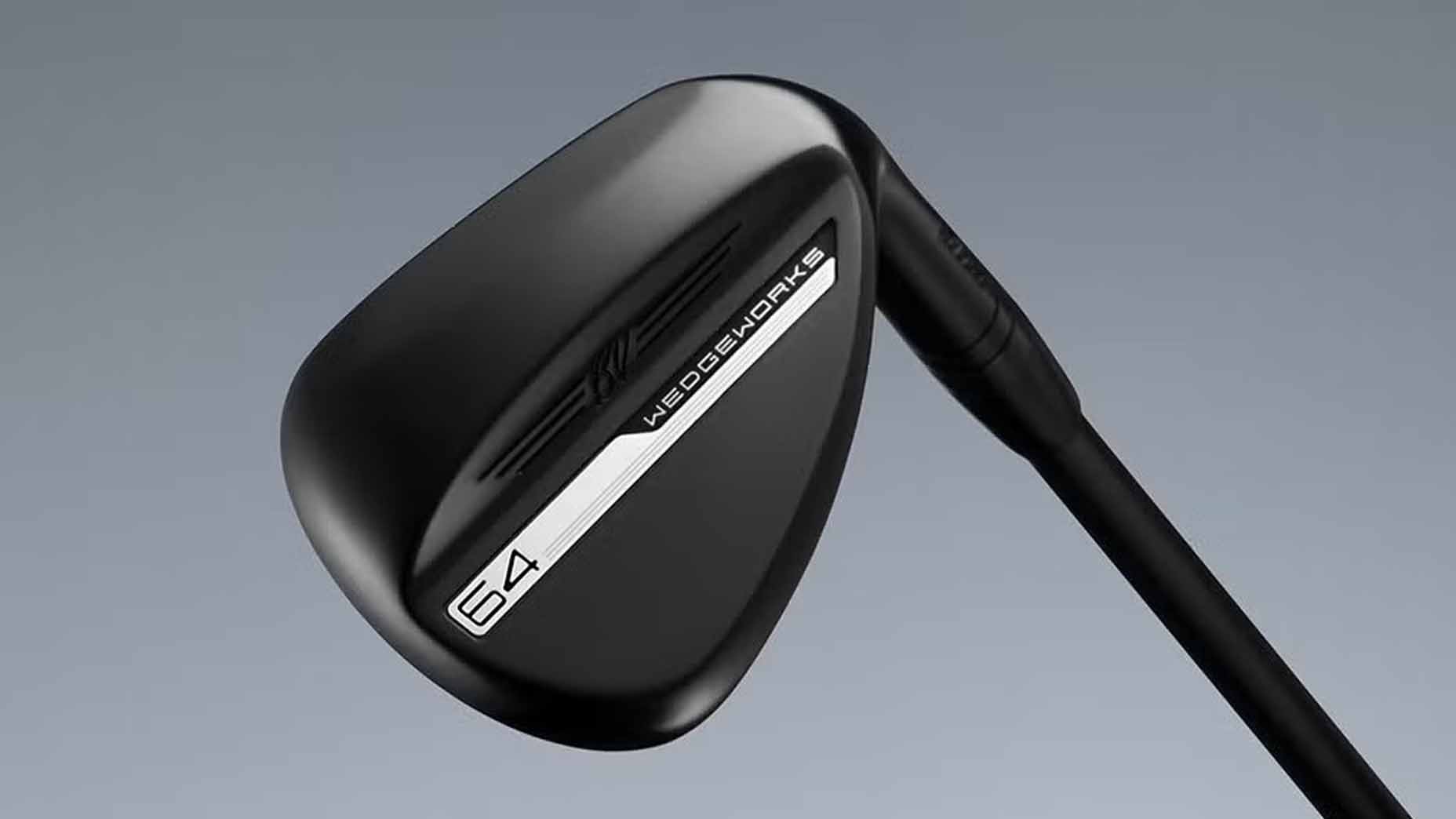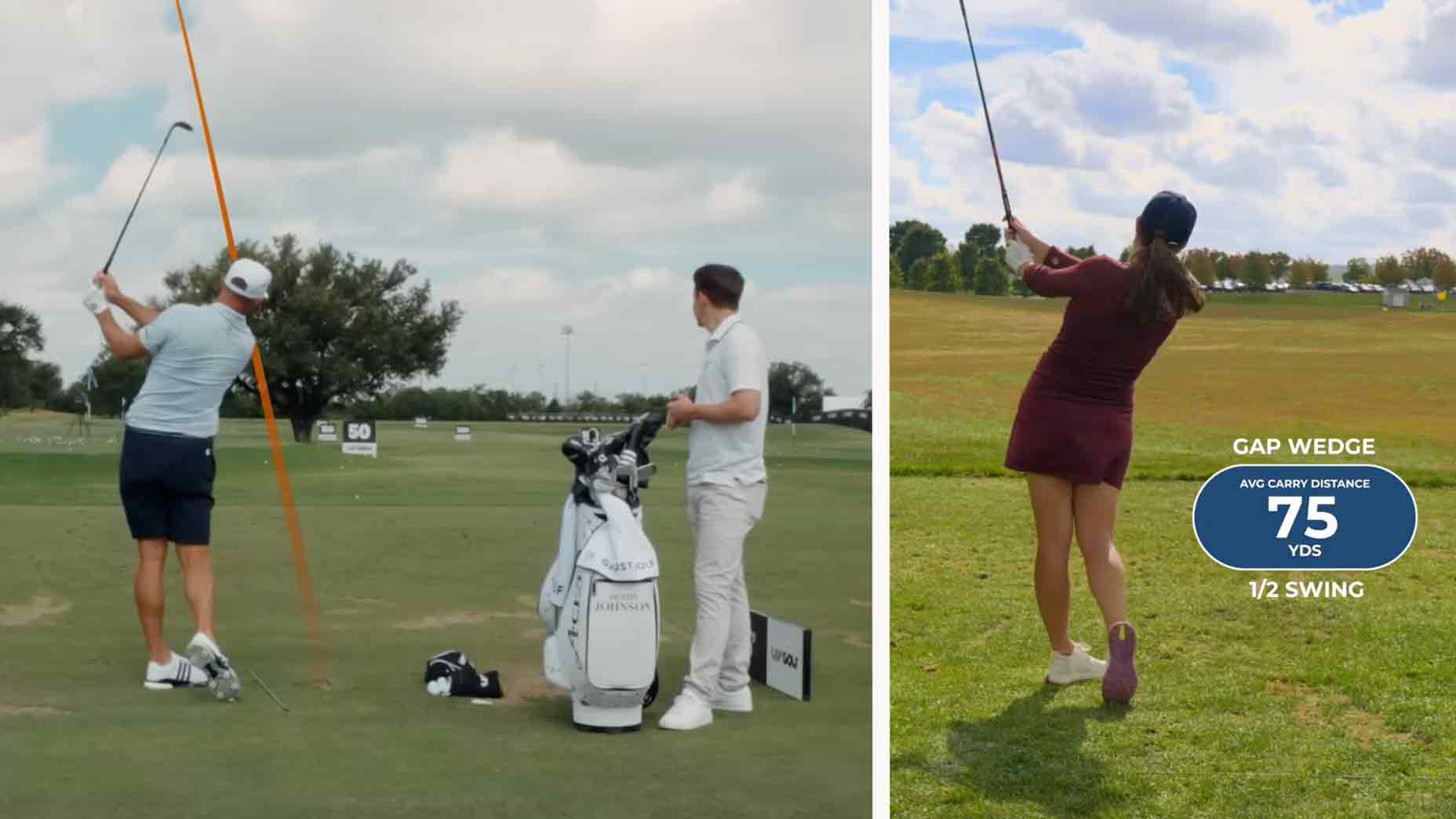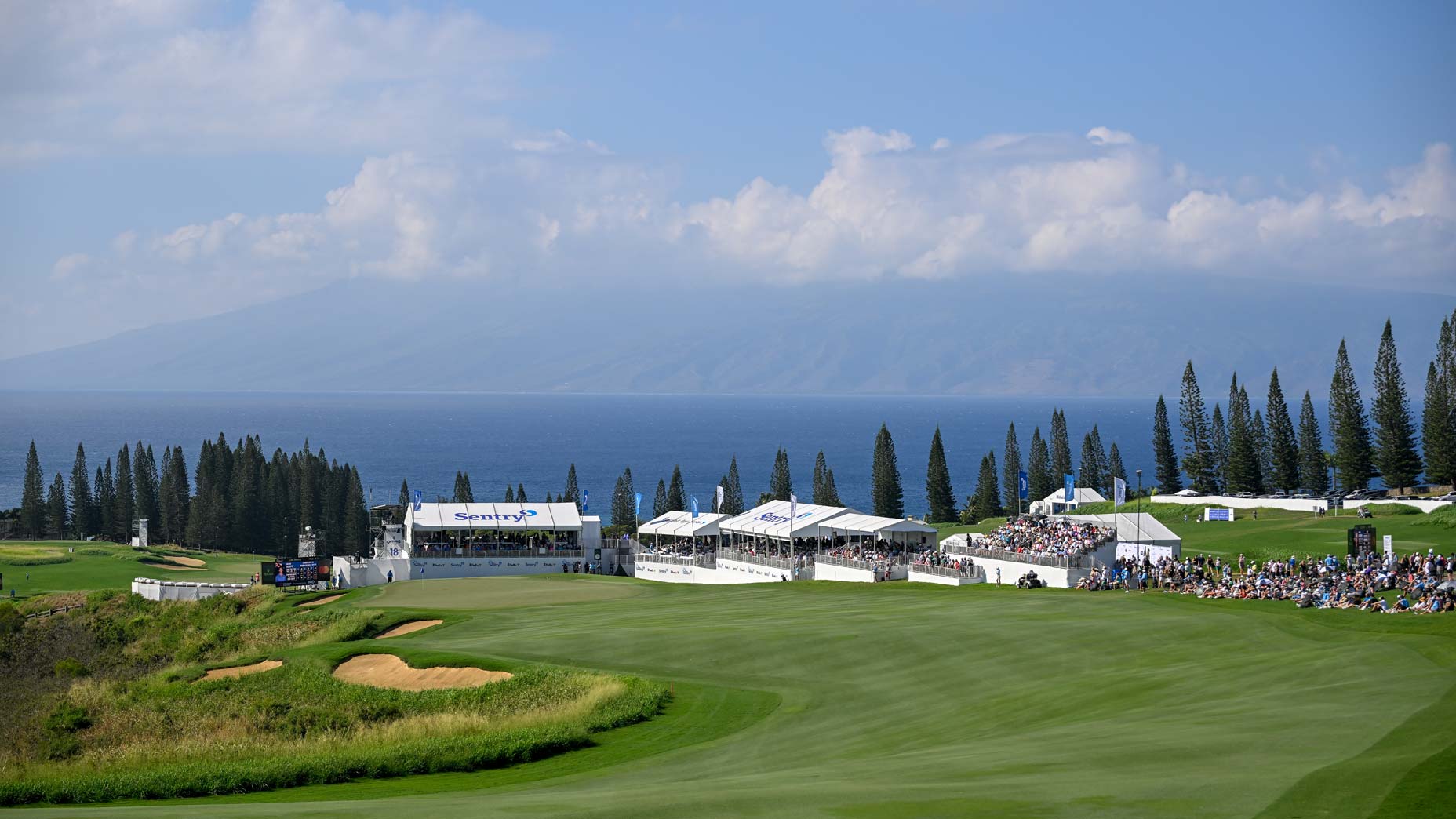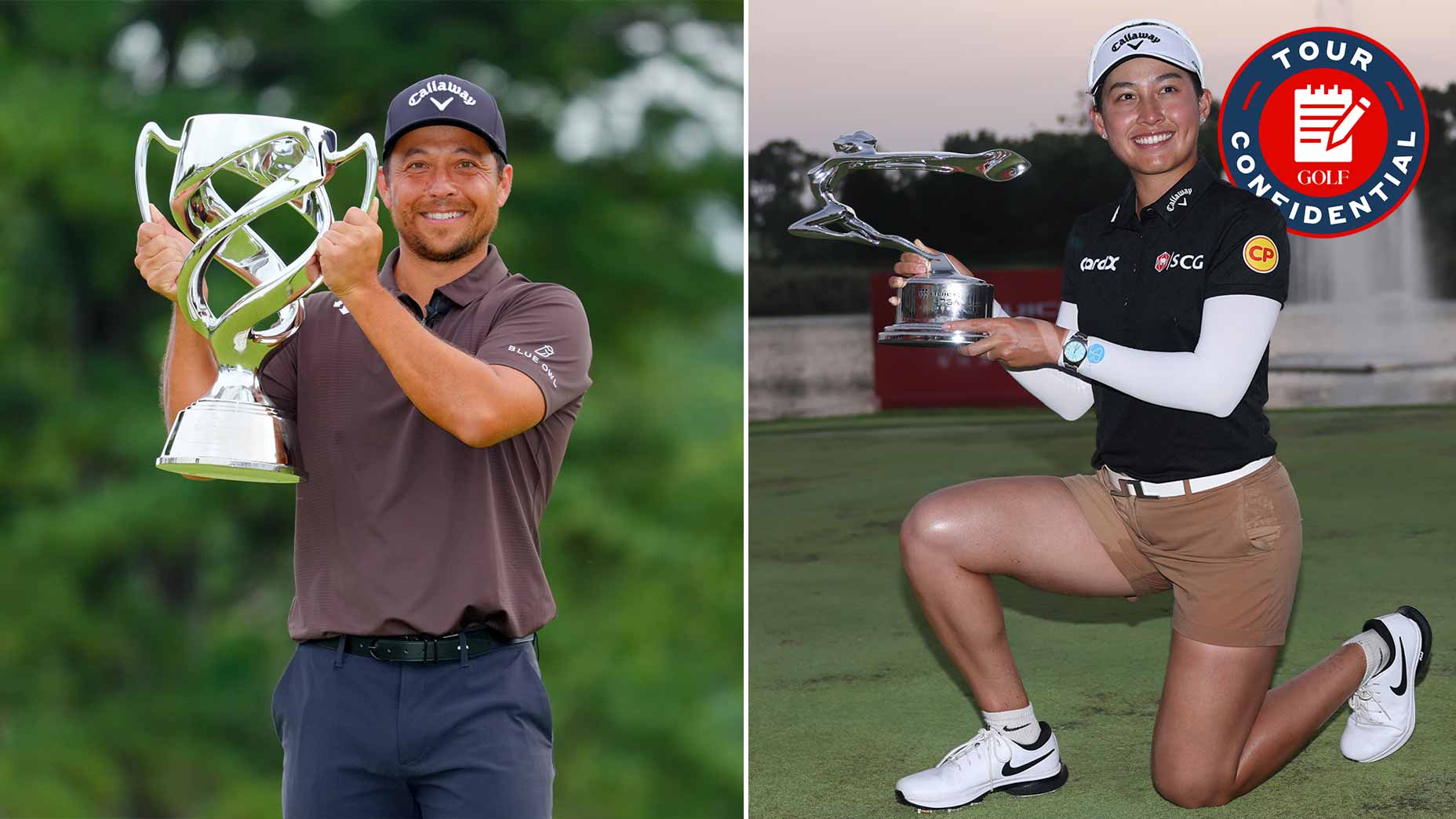This week at The Sentry, in Maui, players’ bags are full of new clubs, including drivers, fairway woods and even some iron sets. But one club that has drawn particular attention is the 10-iron in Xander Schauffele’s bag.
Yep, a 10-iron.
What is a 10-iron?
“A rose by any other name would smell as sweet,” Shakespeare noted in “Romeo and Juliet” — and in the case of irons, the numbers on the bottom are in the most basic terms just a reference point for the distance that club is designed to hit a ball.
Some manufacturers, including the second incarnation of the Ben Hogan brand from the mid-2010s, have gone so far as to produce sets with no number designations at all and simply put the club lofts on the sole.
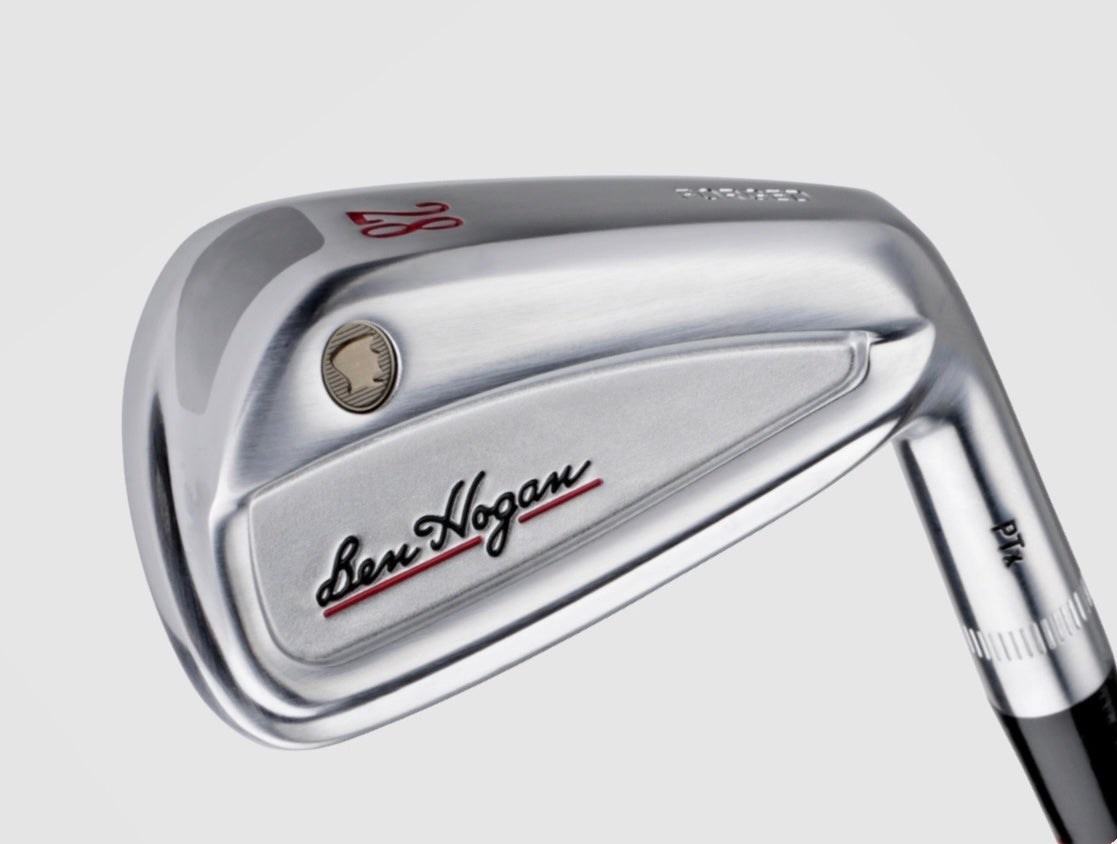
Unfortunately for Ben Hogan, displaying only lofts on their iron soles didn’t go over so well with consumers, and the company eventually went back to conventional number designations.
The idea of giving clubs unconventional names didn’t start with Ben Hogan; it goes much further back to when golf clubs were still made with wooden heads and shafts. When Bobby Jones was winning the grand slam, clubs were denoted with names like long (driver), cleek (long driving iron), mashie (5-iron) and niblick (9-iron).

More recently, many Japanese brands — Honma among them — have referred to their pitching wedges as 10-irons. That’s because many of the clubs that were given the 10-iron tag were in sets that had unusually strong lofts; to help maintain standard wedge gapping (44-45 degrees for a PW, 50-52 for a GW, 54-56 for a SW, and 60 for a LW), clubmakers added this “extra” club to their sets.
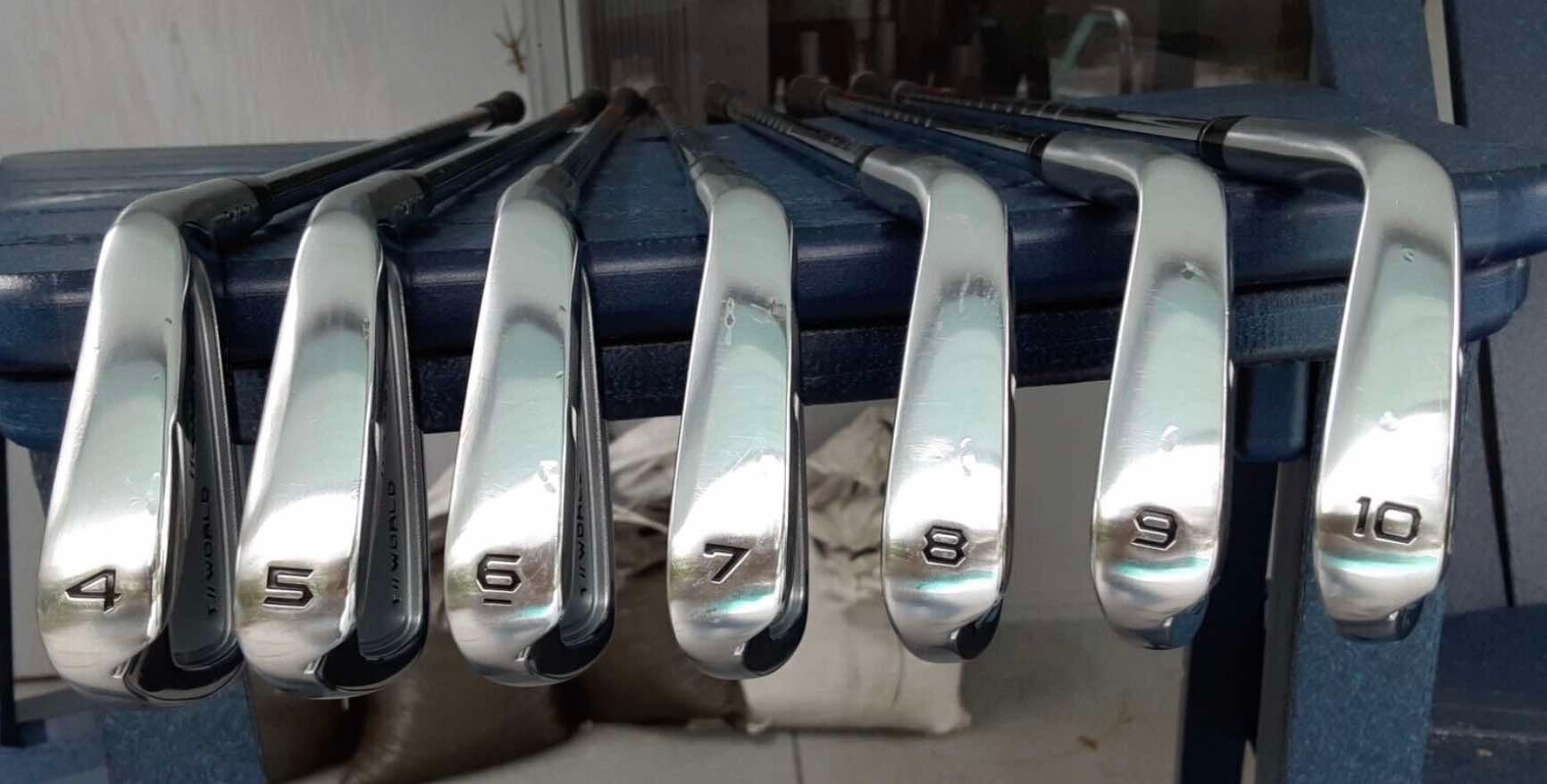
Similarly, some major OEMs and smaller brands now use various names, numbers or letters to denote clubs with more loft that blend into wedges. Titleist’s new T350s, for example, include a 9-iron (38 degrees of loft), P (43), W(48) and then a W2 (53), while some smaller brands use an “X,” the Roman numeral for “10.”
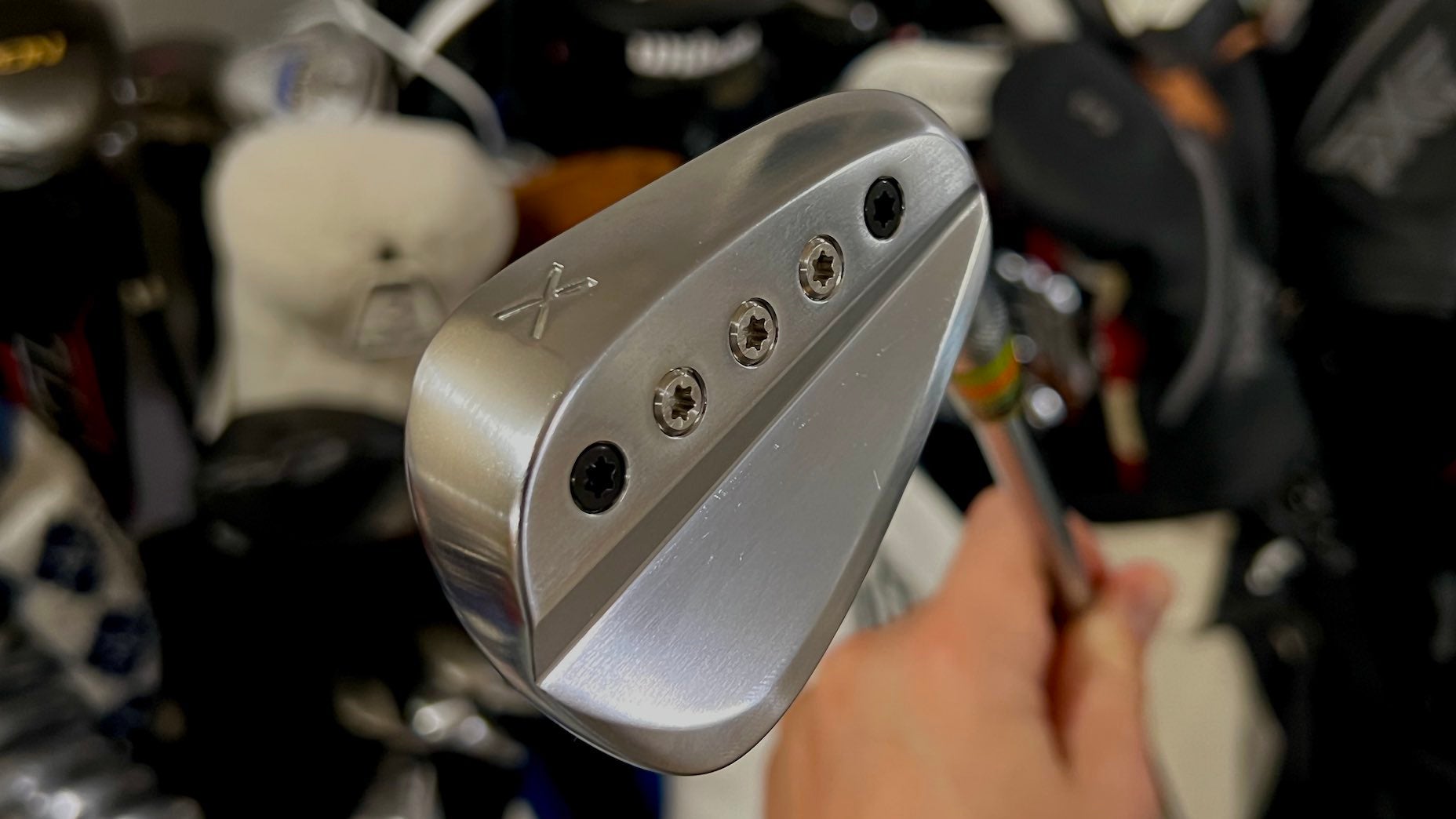
So, what about Xander’s wedge?
Asked on Thursday about the 10-iron in his Prototype Callaway Apec TCB set, Xander Schauffele cut to the chase, saying, “It’s just a pitching wedge.” Callaway designers simply chose to change things up on the labeling front — and, it should be noted, Schauffele isn’t the only player on Tour with a 10-iron in his bag.

Callaway staffer Nicolai Højgaard’s Prototype Apex MBs have a 10-iron instead of a pitching wedge, and a couple of years ago Maverick McNealy had a custom set of Callaway blades that featured not only a 10-iron but also an 11-iron.
In fact, if you’re in the market for some new Callaway Apex Pro CB or MB irons, your set will come with a 10-iron instead of a pitching wedge, and if you elect to go with the set gap/A-wedge, Callaway calls that one an 11-iron.
What’s next? A 12-iron? A 13?
Said Schauffele, “I was asking them if the putter is going to be a 14.”

Callaway Apex CB Custom Irons
View Product
Want to overhaul your bag for 2024? Find a fitting location near you at True Spec Golf.
